Chapter 9. Summary
In this Chapter, we summarize the book. In Section 9.1, we review the EHBs Development process. In Section 9.2, we compare EHBs with Assembly Line Processes . In Section 9.3, we review the Benefits of EHBs. In Section 9.3, we conclude with Chapter and the book with a discussion of the EHBs and Multi-Spectral Analysis.
9.1 EHBs Development Process
Throughout this book , we saw how subprocesses and their EHBs were demonstrated,
organized, outlined, specified, designed, built, used, revised, and improved using several web-based tools. In Chapter 1, we saw an overview of EHBs. In Chapter 2, we saw how to demonstrate
EHBs using Demonstration Tools. In Chapter 3, we saw how to organize subprocesses
and their EHBs using a Process Library. In Chapter 4, we saw how to outline/
playwright
subprocesses and their EHBs using
Requirements Capture Tools. In Chapter 5, we saw how organizations specify
requirements using View Tools. In Chapter 6, we saw how to design, build,
use, and revise subprocesses and their EHBs using Requirements Capture Tools,
Document Libraries, and Checkoff Tools. In Chapter 7, we saw how to improve
processes using Improvement Tools. The subprocesses described in Chapters
2 - 7 strongly interact and iterate with one another. In Chapter 8, we saw
how to examine sample subprocesses. In Chapter 9, we will conclude the book
by examining assembly line processes and by reviewing the benefits of EHBs.
9.2 Assembly Line Processes
We introduce a simple question that will bring out an important characteristic of EHBs.
Question. What do all of these have in common? Model T Fords, WW II Liberty Ships, WW II B-17 Bombers, and EHBs Developed Products.
Answer. They were all built using "assembly line processes" where the products came to the builders, and not, vice versa. See Figure 9.1 (a).
The point here is that by developing EHBs for an organization, we are implementing an Assembly Line for the products created by the organization. See Figure 9.1 (b).
EHBs assembly line management of complex distributed processes is pervasive throughout the public sector, the private sector, and education. Potential applications for EHBs in the public sector include: Small Business Innovation Research (SBIR) Education Programs, Contracts, Grants, Technologies, Contracts, Datasets, Software, Documents and Missions. Potential applications for EHBs in the private sector include: Automobile Sales and Service Health Episodes, Grants and Projects, Publishing Projects , Legal Cases , Insurance Policies, Credit Cards,Travel, Loans, Construction Projects and EHB's Building. Potential applications for EHBs in the education sector include: Public School Systems, Private School Students, Colleges and Universities, Graduate Study.
Exercises.
1. Browse around the Assembly Line Processes link on the EHBs home page http://ehbs.org.
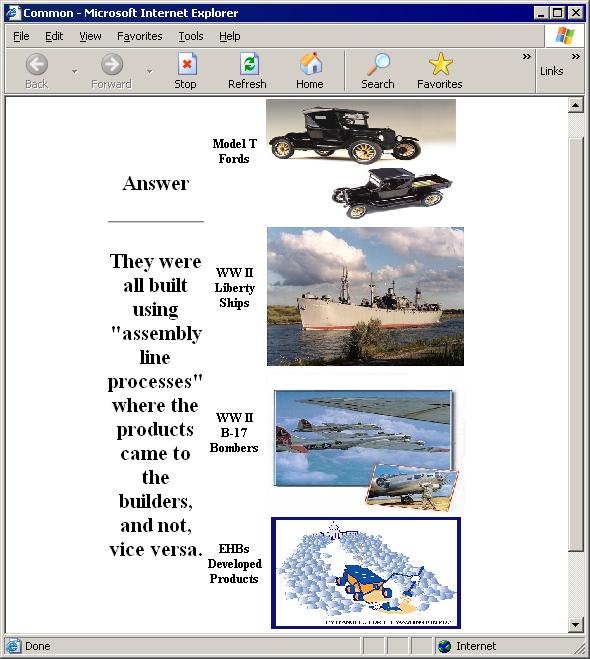
Figure 9.1 (a). Assembly Line Processes.
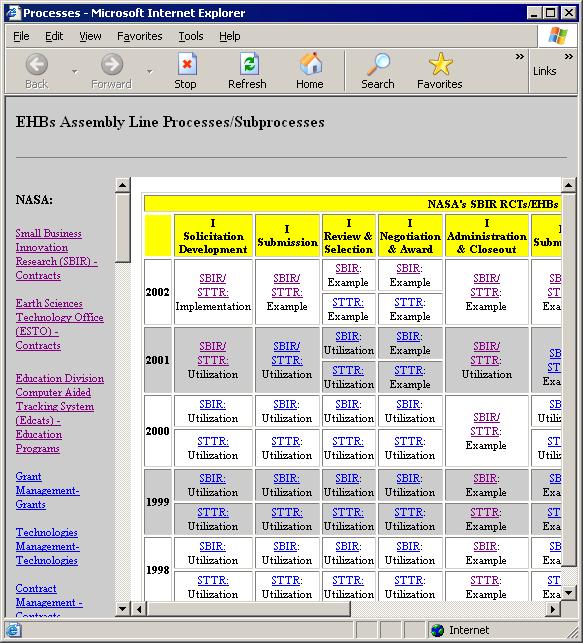
Figure 9.1 (b). Examples of EHBs Assembly Line Processes.
9.3 Benefits Of EHBs
We show here the benefits of EHBs. We do this be highlighing how all the objectives (of EHBs) mentioned in Section 1.3 are attained. See Figure 9.2.
EHBs facilitate paperless documentation and management of complex distributed processes. See Figure 9.3. This follows from the very nature of EHBs.
EHBs facilitate system development.
Requirements Capture Tools (RCTs) reduce requirements capture costs. See Figure 9.4 (a). RCTs provide multiple perspectives into a subprocess- binders, process, user EHBs, home page, internal files which lets one to catch requirements more efficiently.
RCTs reduce system design costs. See Figure 9.4 (a). RCTs have example binders, process, user EHBs, home page, and internal files which facilitates much of the design effort.
RCTs + Middleware (e.g., DBGenie, Cold Fusion, etc.) reduce implementation costs. See Figure 9.4 (a). RCTs have example user EHBs which allows one to take the next step to define the databases and replace the examples with middleware code.
RCTs reduce multi-developer coordination costs. See Figure 9.3. Processes are broken into a matrix of different subprocesses and each subprocess has an RCT. Thus, different developers can be assigned RCTs and, then, work in parallel. Also, within each RCT, different developers can be assigned user EHBs and, thus, also work in parallel.
Web browsers reduce software distribution costs. See Figure 9.4 (b). The User EHBs are web-based which requires only a web browser for participation.
User EHBs reduce end-user learning costs. See Figure 9.4 (b). The User EHBs are self teaching and lead the user through the steps thus eliminates the need for teaching..
RCTs + Middleware reduce documentation costs. See Figure 9.4 (a). RCTs are self-contained documentation for the entire system.
RCTs + Middleware reduce revision costs. See Figure 9.4 (a). Revising the system is done by copying an RCT, modifying the examples (binders, process, user EHBs), presenting the revised examples to customers and users, and reimplement and test the revised EHBs.
RCTs + Middleware facilitate system reuse for similar processes. See Figure 9.3. An RCT can be copied from one subprocess to a similar subprocess. The new RCT can then be modified to compensate for the differences.
EHBs and RCTs facilitate integration of independently developed subsystems. See Figure 9.4 (c). The table of RCTs provides the first phase of system integration when all the subprocesses of the organization are identified. EHBs used a uniform front-ends to already existing back-end software provide the second phase of system integration. Eventual integration of the back-ends into common databases provide the third and last phase of system integration.
EHBs facilitate process and system improvement by providing "multiple points of view" through the user of Improvement Tools (ITs).
ITs help us to analyze multiple roles in a subprocess. See Figure 9.5 (a). When multiple roles process are compared in a single subprocess, one can't help getting suggestions for improvements.
ITs help us to analyze the same roles across multiple subprocesses. See Figure 9.5 (b). When the same role is observed across multiple subprocesses, one can notice commonalities and also get ideas for improvements.
ITs help us to analyze similar subprocesses in a process.See Figure 9.5 (c).When similar subprocesses are compared across the same process, one can notice commonalities and also get ideas for improvements.
ITs help us to analyze similar processes/subprocesses in an organization. See Figure 9.5 (d). When similar processes/subprocesses are compared across the same organization, one can notice commonalities and also get ideas for improvements.
ITs help us to analyze similar processes/subprocesses across organizations. See Figure 9.5 (e). When similar processes/subprocesses are compared across multiple organizations, one can also get ideas for improvements.
CTs help us to analyze similar processes/subprocesses via Quality Assessment organizations. See Figure 9.5 (f). When similar processes/subprocesses are compared via Quality Assessment organizations, one can also get ideas for improvements.

Figure 9.2. Benefits of EHBs.
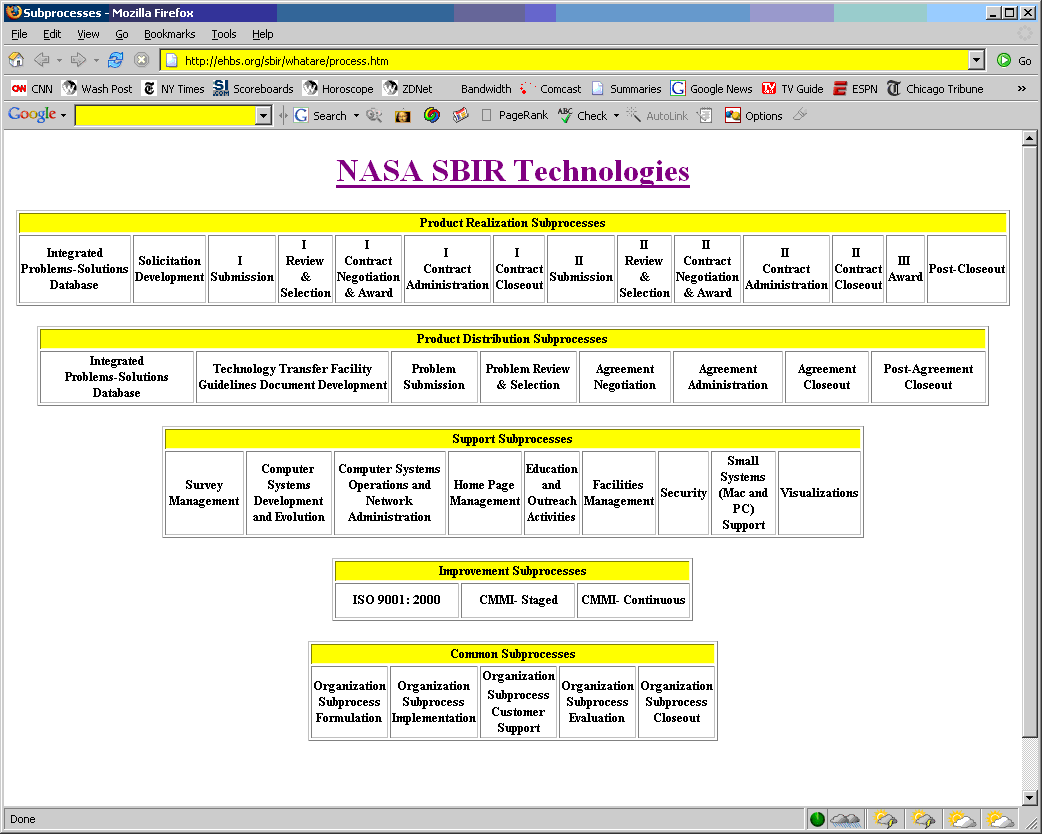
Figure 9.3. NASA SBIR Subprocesses.
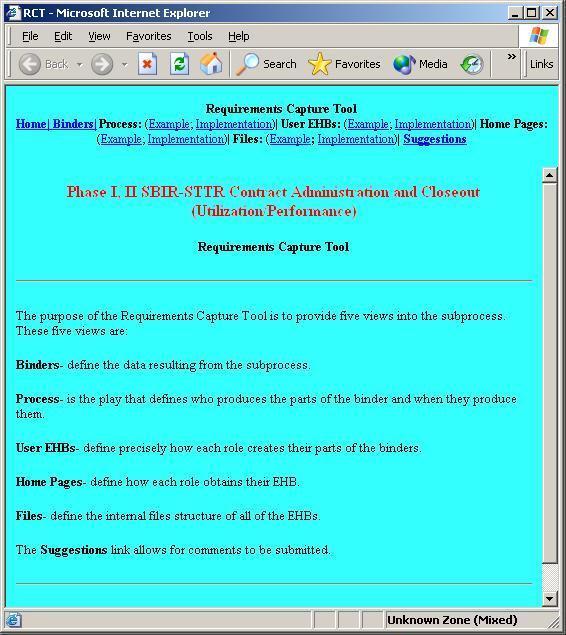
Figure 9.4 (a). NASA SBIR Contract Administration and Closeout Requirements Capture Tool.
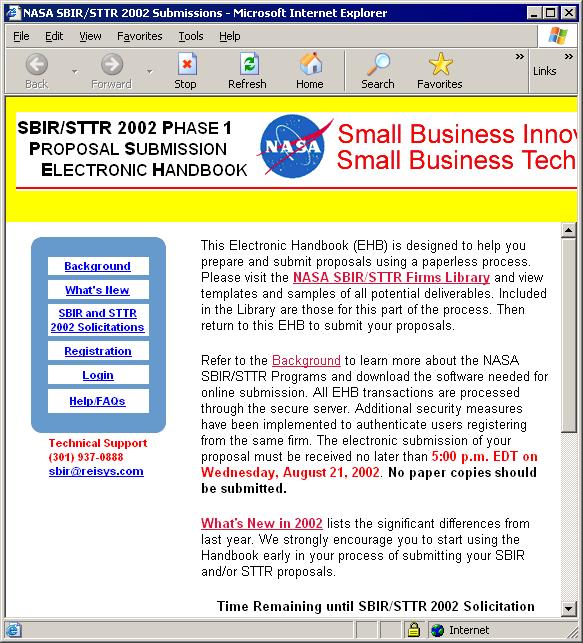
Figure 9.4 (b). NASA SBIR Firms EHB.
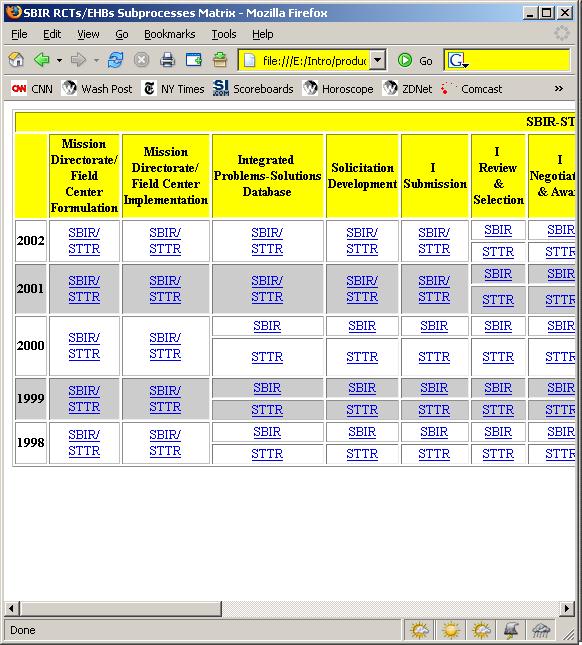
Figure 9.4 (c). NASA SBIR Development Matrix.

Figure 9.5 (a). Analyzing Multiple Roles in a Subprocess.

Figure 9.5 (b). Analyzing Same Roles Across Multiple Subprocesses.
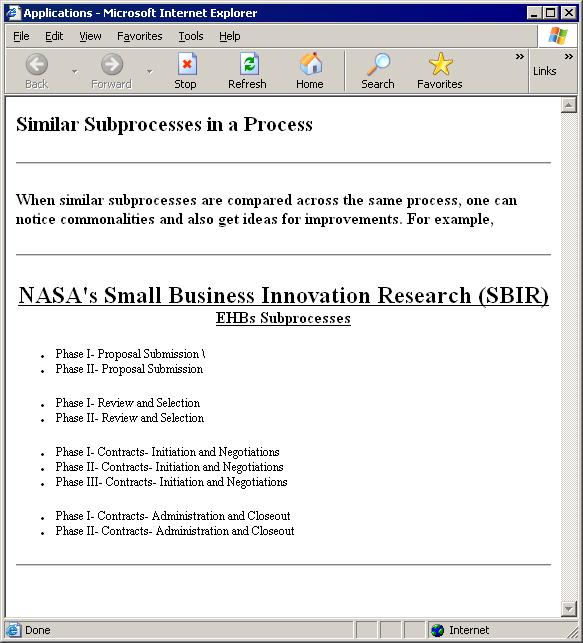
Figure 9.5 (c). Analyzing Similar Subprocesses in a Process.
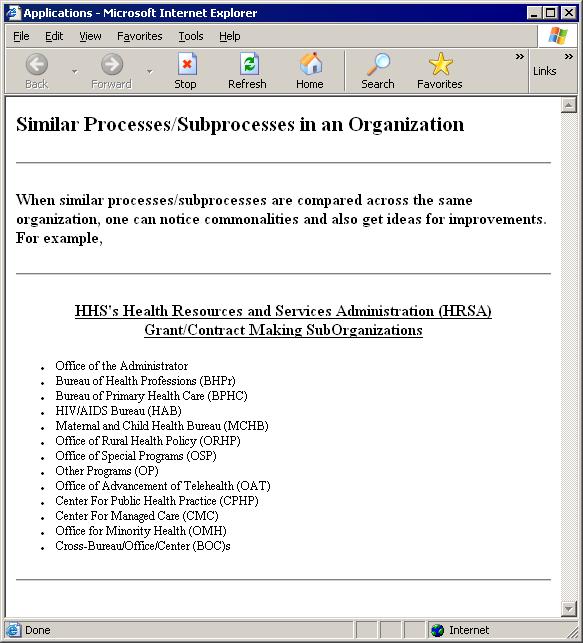
Figure 9.5 (d). Analyzing Similar Processes/Subprocesses in an Organization.
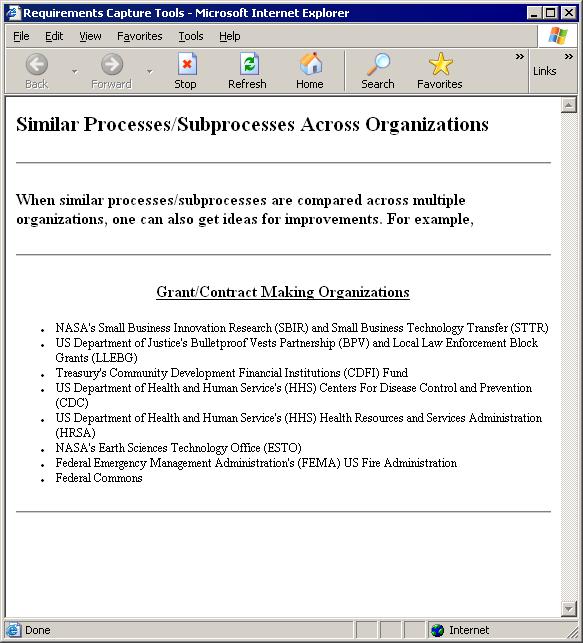
Figure 9.5 (e). Analyzing Similar Processes/Subprocesses Across Organizations.
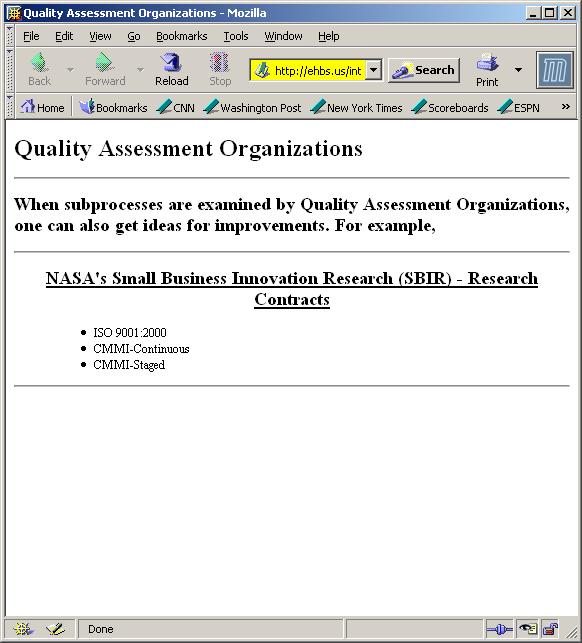
Figure 9.5 (f). Analyzing Similar Processes/Subprocesses Across Quality Assessment Organizations.
9.4 EHBs And Multi-Spectral Analysis
The entire EHBs approach is to look at things through "multiple eyes". This is consistent with the nature of Multi-Spectral Analysis as Scientific Investigation as put forth by the National Aeronautics and Space Administration's (NASA). See Figure 9.5.
Exercises.
1. Browse around the Benefits
link on the EHBs home page http://ehbs.org/.
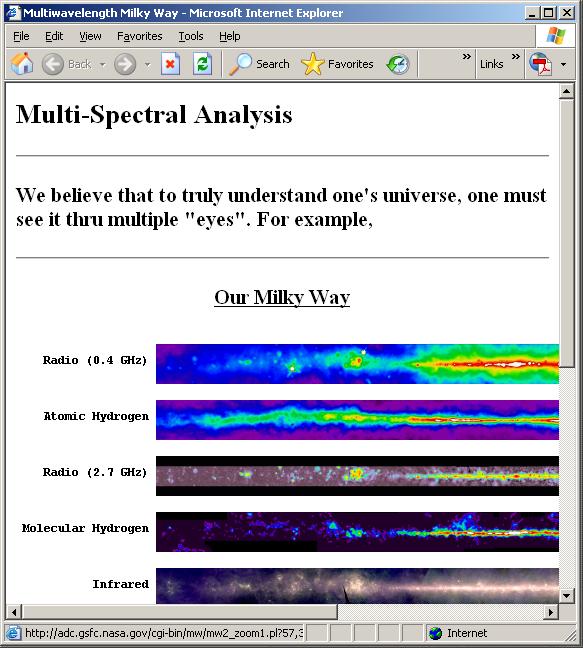
Figure 9.5. Multi-Spectral Analysis.